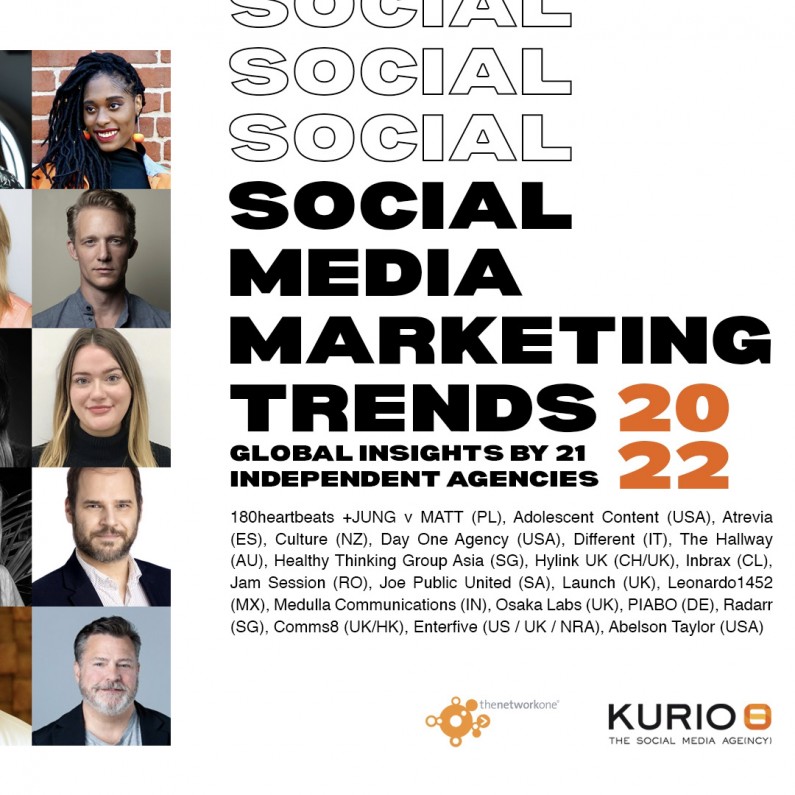
A look into the crystal ball: social media trends in 2022
Which developments are in the pipeline for social media marketing? Which trends will come, which will pass, and what will remain consistent? For the Social Marketing Trends Report 2022 by the networkone and kurio, Lucas Florian, Unit Director Digital at PIABO, dared to take a look into the crystal ball.
Here is an excerpt* from his forecasts on the development of the digital landscape:
1. The most interesting statistic
The first question in the report is: "What was the most interesting social media statistic in 2021?"
An easy decision: The answer was TikTok, which reported the sensational milestone of 1 billion monthly active users in September – after only 5 years! That's almost twice as fast as the other top players Facebook, Instagram and YouTube, which had all taken 8 years each to crack the billion mark. And it hasn't been an easy year for TikTok. As a reminder, back in 2020, former U.S. President Donald Trump was playing with the idea of banning TikTok in the US for good.
The evolution of the video platform has far-reaching implications for the communications mix of companies and individuals: video content is no longer a specialty used exclusively in campaign or image films. More and more companies are including entertaining video clips in their communications plans - because people trust people. HR departments benefit from addressing potential applicants by real colleagues, sales departments benefit from describing their services or products authentically and personally, and so on.
My prediction:
The video boom will continue its triumphal procession in 2022, and instead of niche use, we will see high-edge videos in "9:16" format as a fixed component in the communications mix.
2. Paid vs organic
The question of "Paid vs Organic" in social media communication is a bit more complicated. The following things need to be considered in this context:
In B2B communication, the advantages of paid advertising are very obvious. On LinkedIn, for example, it is very easy to target articles or white papers specifically to industries, positions or companies - this is already part of the standard repertoire of many B2B companies, but of course this also pushes bid prices up. As a result, we see a shift towards personal branding: Through personal contributions, company executives can address their own network and reach their business target groups, with whom they are usually networked, directly and without much advertising effort.
In the B2C sector, the situation is still different. Many brands report huge viral successes through TikTok videos, sometimes with low or no advertising budget. But here, the situation is not as simple as it seems at first glance: after all, it used to be possible to achieve incredibly large reach organically on Facebook, too. However, as soon as marketers shifted their resources to Facebook (and as soon as Facebook was listed on the stock exchange), the organic potential collapsed and media spending became necessary to reach the community there.
My prediction:
on all social media channels, sooner or later a creative as well as a paid strategy will become necessary. An advantage for those who start at the right time - in the best case already now.
3. Content-first vs channel-first
In response to the question: "When you make plans for social media, which of these two comes first?" the answer is again more simple: Content!
In fact, what became very clear in 2021, once again, was how adaptable social media channels are, and how little they really differ as a result. What is initially a unique feature on one network is quickly cloned. Instagram long ago adopted Snapchat's core feature and called it "Stories." Twitter, in turn, responded to the Clubhouse 2021 hype in the same year with the "Spaces" feature. LinkedIn also briefly tried Stories, only to quickly discontinue it.
Bottom line at this point:
good stories, clean strategies and exciting content always win in the end. Forecast: content remains queen!
If you have any questions or feedback, feel free to contact our Unit Director & author of this post, Lucas Florian.
*The full interview with Lucas is available in the report on pages 124-127.

